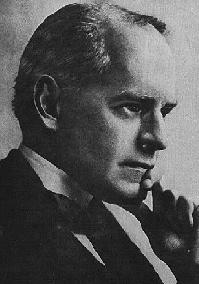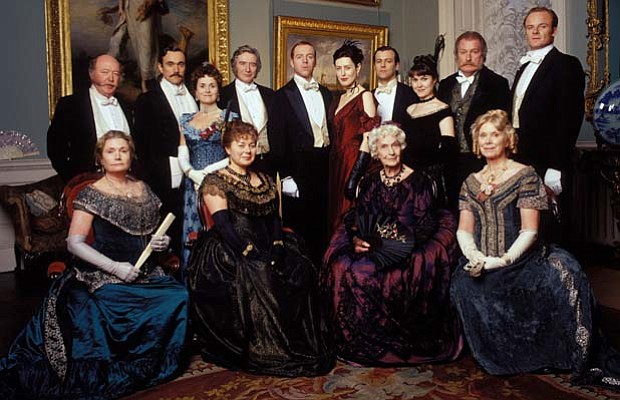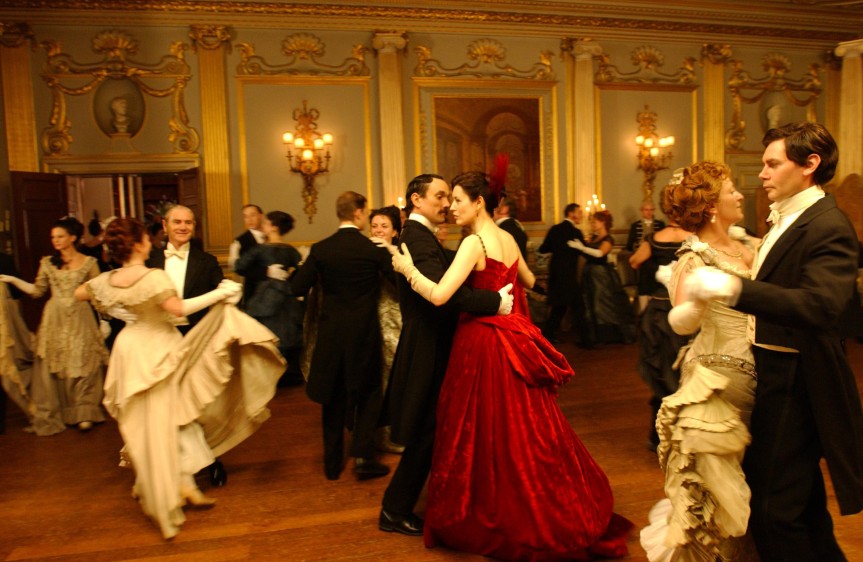
John Galsworthy was born in 1867. His father was a well-known London lawyer and was a wealthy man who sent his son firstly to Harrow, a famous public school, and then to Oxford University. After graduating from the university he became a lawyer, like his father.
As he inherited a large enough fortune at his father’s death he gave up the legal profession and dedicated himself to the study of English and world literature.
His first works passed unnoticed. In 1904 he published his novel The Island Pharisees which drew the attention of the public to him; then came the publication of The Man of Proprety (1906) which made him famous. After that he began to write dramas too, and for the following years Galsworthy was a most prolific writer producing, on the average, a novel and a play a year. His most notable plays are: The silver Box and Strife. The year before his death he was awarded the Nobel Prize for literature.
Galsworthy’s fame rests upon The Forsyte Saga, a trilogy consistting of three novels: The Man of Proprety, In Chancery and To Let. In the Saga Galsworthy presents an entire class contemporary with himself whose types are represented by different members of a large family: the Forsytes. This family belongs to a stabile stratum of society, the roots of which are in money. It stands for a world wich Galsworthy knew widely and intimately.
A few years after he finished the trilogy he started to write a second trilogy: A Modern Comedy which contains The White Monkey, The silver Spoon and Swan Song.
In hs second trilogy Galsworthy depicts the same society as that of his first trilogy, but how it appeared after the First World War. The new generation of forsytes are quite different from their parents and grandparents. They have no faith in anything an no principles. They understand that their day is past and so they merely try to survive although they are not quite sure this will be easy in the new social and political circumstances in which they live. A few representatives of the older generation are not convince themselves and those around them somehow that their world is going on as it did before.

After dealing with the Forsyte family in his first two trilogies Galsworthy embarked upon writing a third, this time dealing with the decline of aristocracy, the second important rulling class which though playing a minor part in present-day British society still holds important positions owning to tradition and the conservatism of the ruling classes in Britain.
This third trilogy is called End of the Chapter and contains the novels Maid in Waiting, Flowering Wilderness and Over the River. In these novels the author deals with the decline of the Cherell family chosen as representative of the English aristocracy. The time of the action is the same period after the First World War with which Galsworthy dealt in his second trilogy and some of the characters in the Forsyte Saga will be found in End of Chapter, too.
The main character in the novel The Man of Proprety is Soames Forsyte who is a rich solicitor and in whom the possessive instinct characteristic of the English middle-class is embodied to such an exaggerated degree that he endeavours to exercise his proprietary rights to the same extent over his wife as over a very modest professor who is ten years younger than himself and who does not love him. Not long after their marriage Irene meets Philip Bosinney, a poor architect, with whom she falls in love. Bosinney builds a countryhouse for Soames, but as he exceeds the sum he had been allowed to spend for the house, soames sues him for the difference in order to ruin him, because he understands his wife loves the architect. Irene wants to divorce Soames but he does not consent and keeps her with him by force. Bosinney becomes so desperate and distracted with grief that he is run over and killed by an omnibus in the street on a foggy evening.

John Galsworthy vievd English society from within the world of the upper bourgeoisie.
He did not show much interest in the great world beyond and beneath his class, though in his plays he expressed a deep sense of revolt against social injustice in contemporary society. Late-Victorian and post-Victorian life is criticized in his novels by exposing not the miseries of the poor but the complacency of the acquisitive and possessive rich. He describes the social disintegration of the english bourgeois society and he exposes many of the social ills but he suggests no remedy for them.
The Forsytes of The Forsyte Saga, who belong to what seems a stabile and secure stratum of society, are a large family which stands for an entire class and Soames the typical Forsyte, is Galsworthy’s greatest creation. Beginning by detesting Soames Forsyte, Galsworthy gradually grows fond understanding of his hero who appears in the end as the last vestige of Victorian stability in a disintegratig world.

